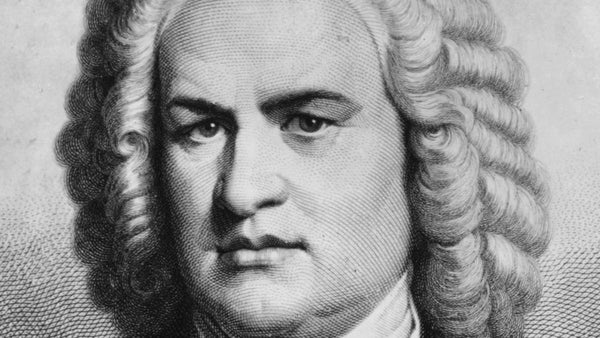In Bach’s life there were different periods, and each of them was interesting, difficult or happy in its own way. Some of the most peaceful, and fruitful periods were the years spent at the Ktithen court. There, from 1717 to the early 1720s, he composed almost all the masterpieces that are today considered the pinnacle of skill and inspiration in music for string instruments and string ensembles.
Bach composed six violin “solos” in Ktithen – three sonatas and three partitas, including the D-minor piece culminating in the world-famous grand Chaconne, and probably all six cello suites, with their modern sounding reflections presented in this interpretation.
The cello is a string instrument. But, even more important in the sound of this instrument is the fact that both physically (in the sense of resonance, overtones and each echo) and musically (where it concerns the composing technique) there is always in each part of each suite a "hidden polyphony", even if in Bach's score it looks like a straight note row. And this is the most inexhaustible of Bach's resources: the almost limitless possibility for the performer to control movement, behaviour, communication, with the dialogue of these several voices (the hidden polyphony). The task each time is solved differently, depending on who takes it on and how.
In this interpretation, each movement is a realisation of the hidden polyphony, its transformation into a relined, modern harmony, with the active participation of the cello playing Bach's original. Every beat confirms that the three hundred year old text is in no way discordant with piano, drums or masterly saxophone.
It turns out that, for example, the Sarabande of the C minor suite is not necessarily so gloomy and disconsolate as we are used to hearing it played, and this dance does not so clearly hint at the funeral procession: it contains the energy of purposeful movement, the energy that had been holding back, but finally found direction and purpose. The preludes from the first and fourth suites are a kind of "travel notes", musical stories about quite long and challenging journeys, where, of course, the cello is responsible for the steady step and comfortable movement but the events themselves, and sometimes adventures, on this Bach voyage are best described by very simple and clear lines of completely new melodies that were waiting to be extracted. They can connect, as by live threads of sound, Bach's chords, his form and logic with the feelings and expectations of the listeners in the twenty-first century.
The ceremonious Bourree dance is just a super-song, almost a "hymnal" theme, a potential megahit, "hidden" by Bach in the middle of the so-called "fancy pair" - that is how three hundred years ago one Bourree in the middle of another was called, with all the dance trick repetitions. It did not take much to make this idea sparkle and shine no less than first-class jazz standards. Resourcefulness in any dialogue is also important, especially with someone like Bach.
Last but not least, you need to know, understand and respect not only Bach but everything related to Bach for such modern sound reflections of his masterpieces to succeed.
With thanks to Leonid Vintskevich and Artem Vargaftik

